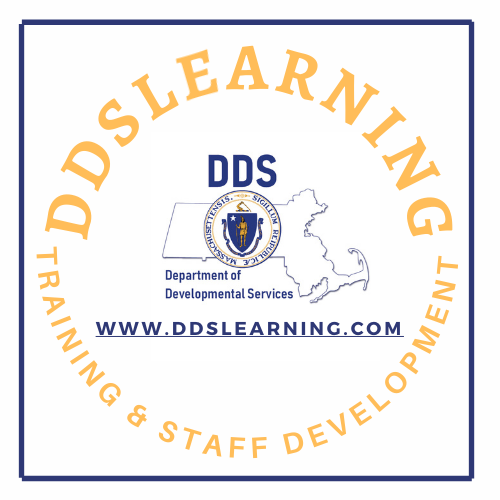Please click, download and print for free Making a Contribution Workbook It can be used in a number of different ways...to support person-centered practices, explore personal preferences to build positive behavior supports or even to work on skill building with staff.
What are Person-Centered Practices?
Person-Centered Practices include both “person-centered thinking” and “person-centered planning.”
To be person-centered means treating individuals with dignity and respect; building on their strengths and talents; helping people connect to their community and develop relationships; listening and acting on what the individual communicates; taking time to know and understand individuals and the things that make them unique. Person-centered thinking involves a deep respect for individuals and their equality. Person-centered planning involves a process and approach for determining, planning for and working toward what an individual with a disability or an older adult wants for his or her future.
Don’t we already do Person-Centered Planning? It is built into all our work.
Many providers believe that the work they are currently doing is “Person-Centered.” While the person being served may be the focus of activity, it does not necessarily mean that they are the one who is directing the activity.
Person-centered care planning involves the use of new tools and strategies with which most providers are not familiar. A critical aspect is the inclusion of the person’s natural supporters in the care planning process; articulation of clearly defined short- and long-term personal goals with measurable objectives; assignment of responsibility for different tasks and action steps to different members of the care team including the person in recovery; and use of tools such as psychiatric advanced directives, shared decision-making aids, and supported employment, housing, socialization, and education coaches. (Tondora, et al)
Tools and techniques that can assist with getting to know what is important to a person:
Person centered planning is a way of expressing a set of inclusive values through a unique range of tools and techniques. Two commonly used person centered tools - MAPS and PATH - create a hands-on demonstration of these values in action. All person centered planning tools and processes are driven by a commitment to achieve inclusive outcomes for the person whose plan it is, and the people involved are always present throughout their Planning session.


